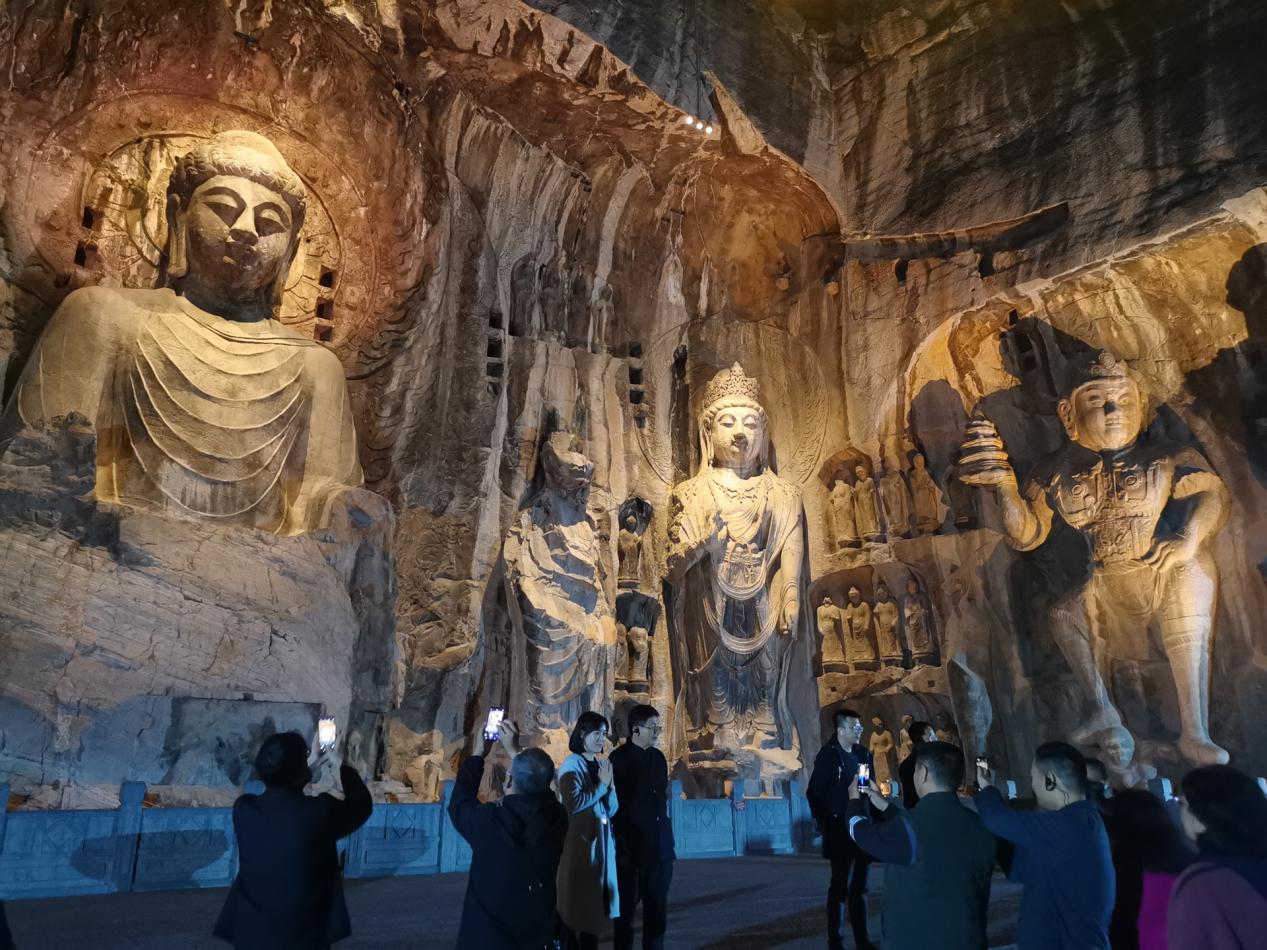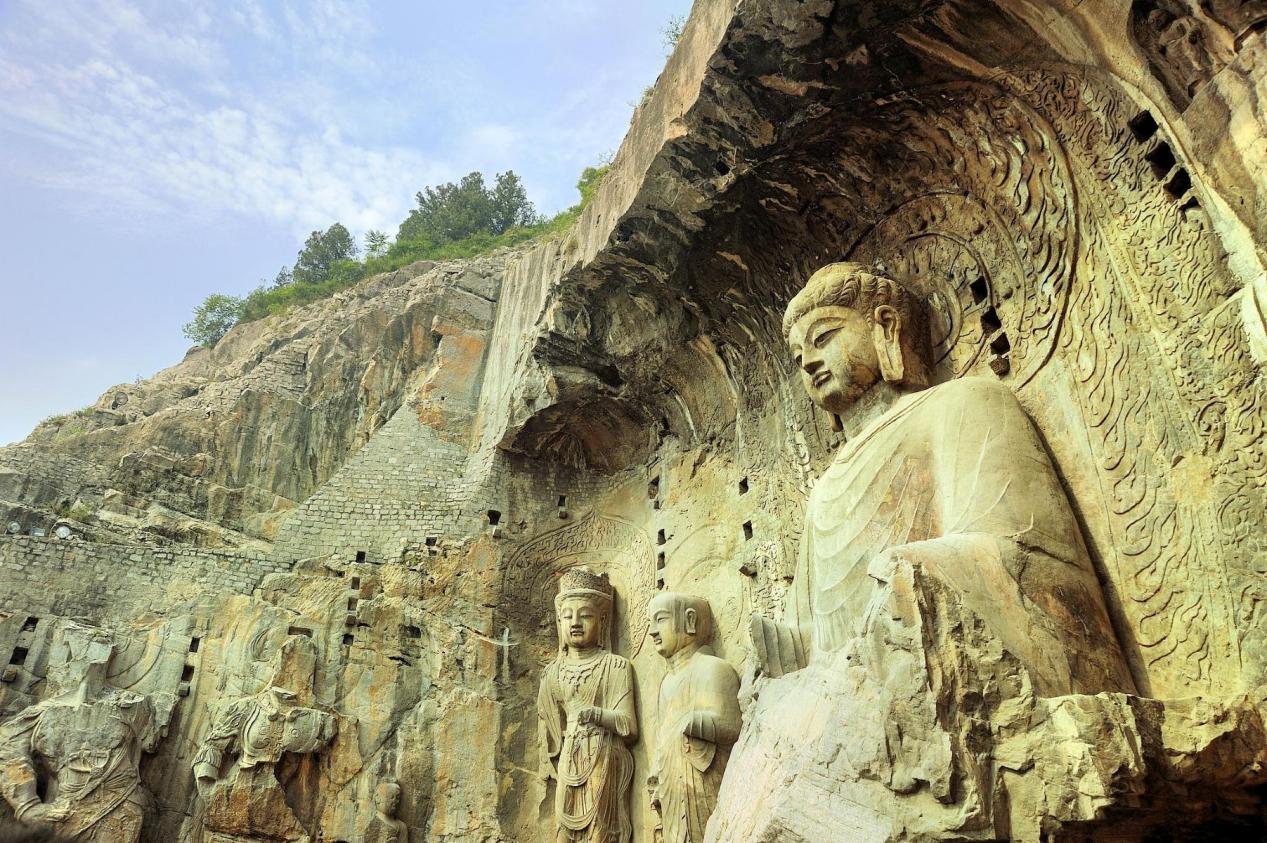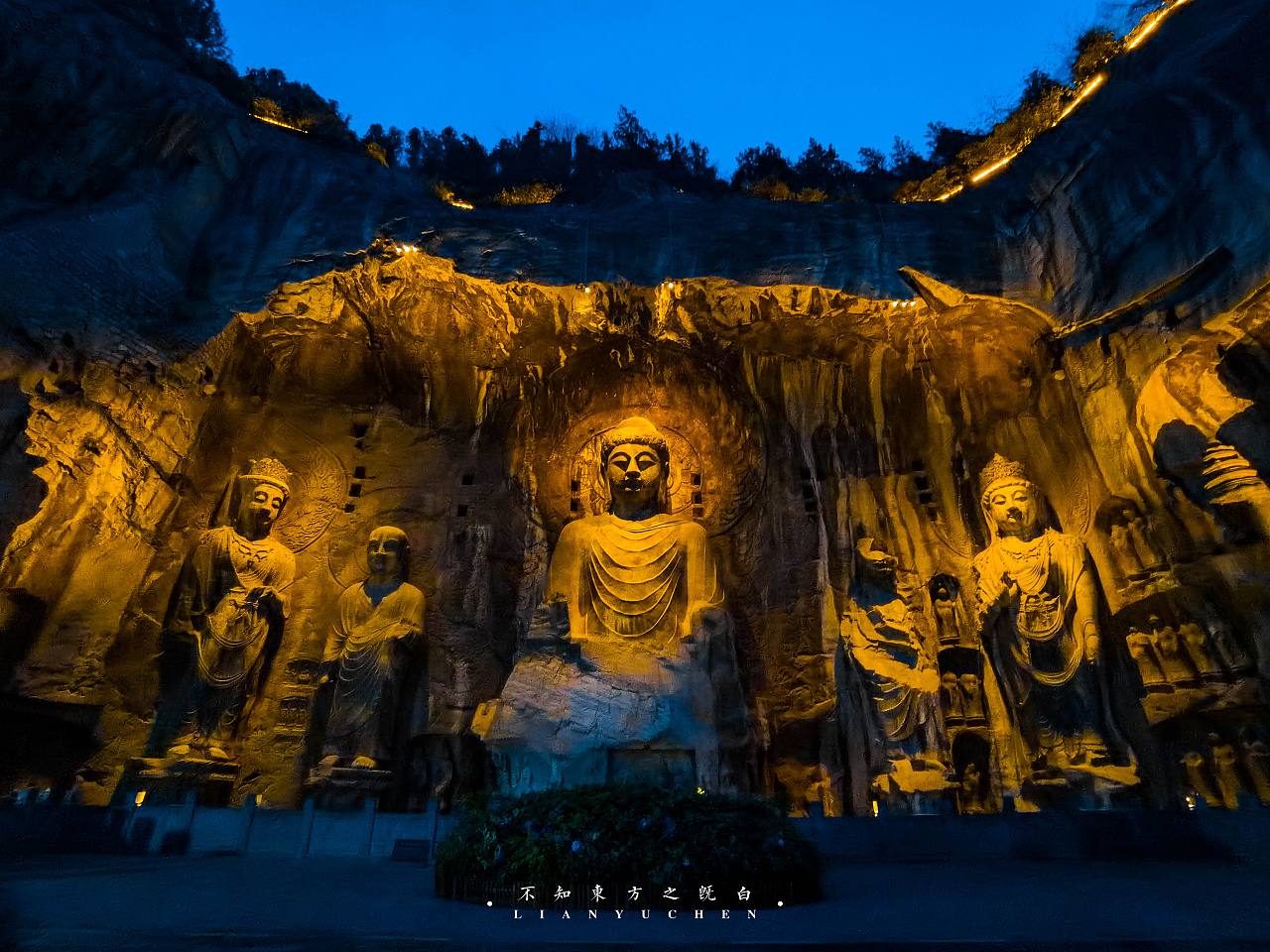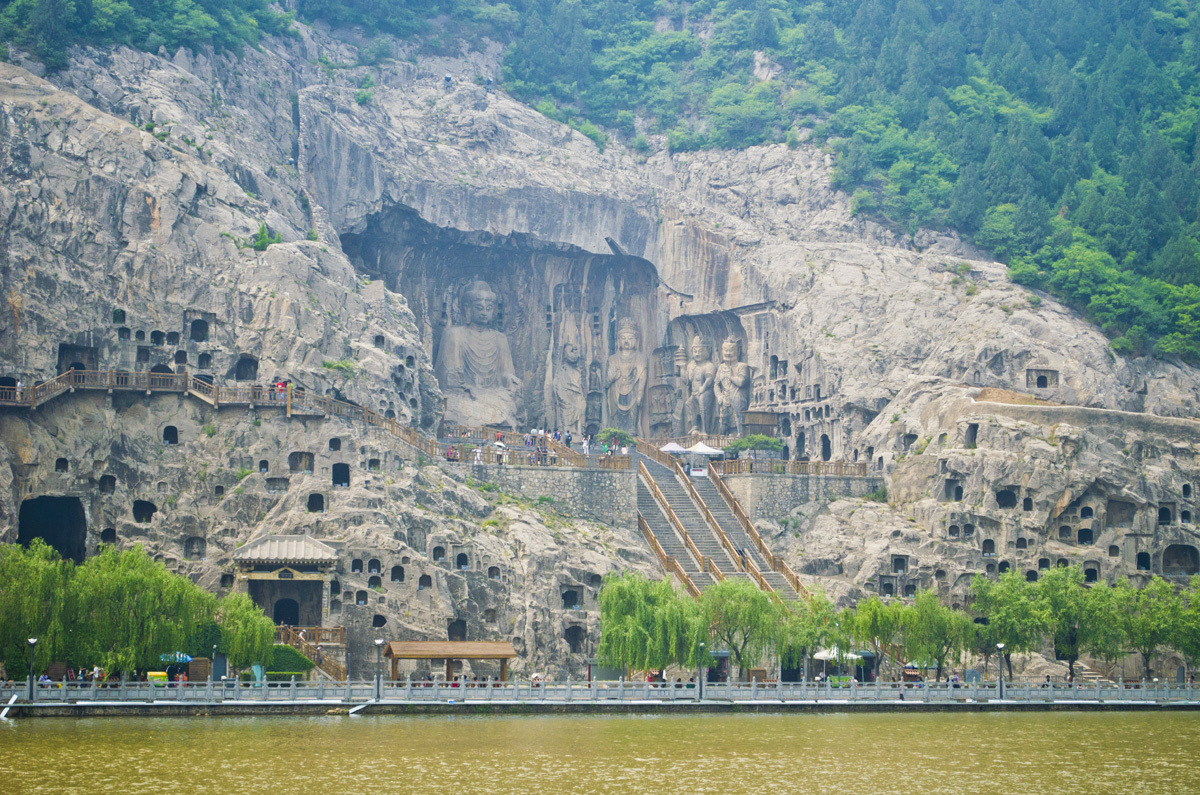The Longmen Grottoes, located in the southern suburbs of Luoyang in Henan Province, are one of the four great grottoes of China and a UNESCO World Heritage site. These ancient Buddhist caves, carved into the cliffs along the Yi River, showcase a rich tapestry of history, art, and spirituality that has captivated visitors and scholars for centuries.
Historical Background
The construction of the Longmen Grottoes began in the year 386 AD during the Northern Wei Dynasty. It was initiated by Emperor Xiaowen, who embraced Buddhism and sought to establish it as a state religion. Over the following centuries, the grottoes were expanded and embellished by successive dynasties, including the Eastern Wei, Western Wei, Northern Qi, Northern Zhou, and particularly during the Tang Dynasty, when the artistic achievements reached their zenith.

The site reflects the evolution of Buddhist art in China, illustrating how it integrated local cultural elements while retaining influences from Indian and Central Asian traditions. The Longmen Grottoes thus serve as a crucial link in the history of Buddhism’s spread in East Asia.
Artistic Features
The Longmen Grottoes are renowned for their stunning artistic quality and the sheer volume of sculptures. The site boasts nearly 100,000 statues, over 2,800 inscriptions, and more than 1,000 caves and niches, all dedicated to Buddhist themes. The largest statue is the colossal Reclining Buddha, measuring about 17 meters in length, which exemplifies the grandeur of Buddhist iconography.
The carvings are remarkable for their intricate details and lifelike expressions. Artists skillfully depicted the Buddha, Bodhisattvas, and various figures from Buddhist lore, capturing a range of emotions and postures. The craftsmanship reflects the high level of artistic sophistication in ancient China, with flowing robes, ornate decorations, and dynamic poses that convey a sense of movement.

Key Sites within the Grottoes
Among the many noteworthy sites within the Longmen Grottoes, several stand out:
1. Luohan Cave: This cave features over 1,000 figures of Arhats (enlightened beings) carved in various poses, each with distinct facial expressions and attributes, showcasing the diversity and richness of Buddhist iconography.
2. Binyang Cave: Dating back to the early Tang period, this cave houses a large central statue of the Sakyamuni Buddha, flanked by Bodhisattvas. The architectural design and symmetry of the cave highlight the elegance of Tang dynasty aesthetics.
3. The Great Buddha of Longmen: This massive statue, carved in the Tang period, is one of the most celebrated images of the Buddha in China. Its serene expression and grand scale reflect the era’s artistic ambitions and religious fervor.
Cultural Significance

The Longmen Grottoes hold immense cultural and historical significance. They are not only a testament to the artistry and spirituality of ancient China but also serve as a reflection of the social, political, and religious dynamics of the time. The inscriptions found within the caves provide valuable insights into the lives, beliefs, and aspirations of the people who created and utilized this sacred space.
Additionally, the Longmen Grottoes have inspired generations of artists and thinkers, influencing both religious and secular art across Asia. Their enduring legacy continues to resonate, making them a vital part of the world’s cultural heritage.
Conservation Efforts
As time has passed, the Longmen Grottoes have faced various challenges, including natural erosion, pollution, and human activities. Recognizing the importance of preserving this historical site, the Chinese government and international organizations have implemented extensive conservation measures. These efforts focus on structural reinforcement, environmental protection, and public education to raise awareness about the significance of the grottoes.
Conclusion
The Longmen Grottoes stand as a magnificent testament to the ingenuity and spirituality of ancient Chinese civilization. With their breathtaking artistry and rich historical context, they represent not only a vital chapter in the story of Buddhism in China but also a profound cultural legacy that transcends time and borders. As we continue to explore and protect these ancient treasures, the Longmen Grottoes remain a radiant gem of human heritage, inviting us to appreciate the beauty and complexity of our shared history.




